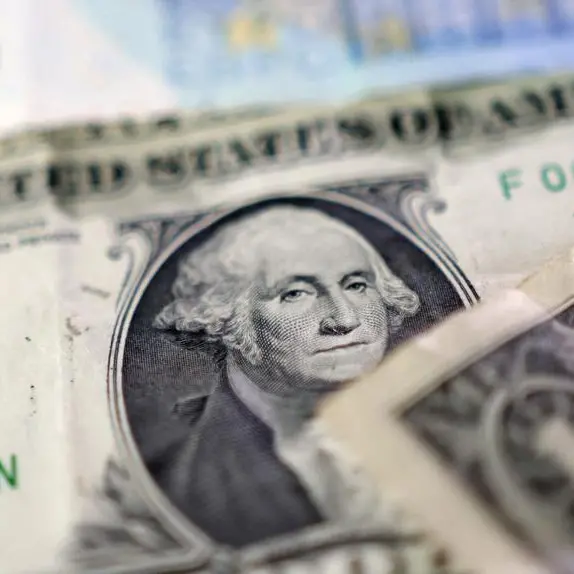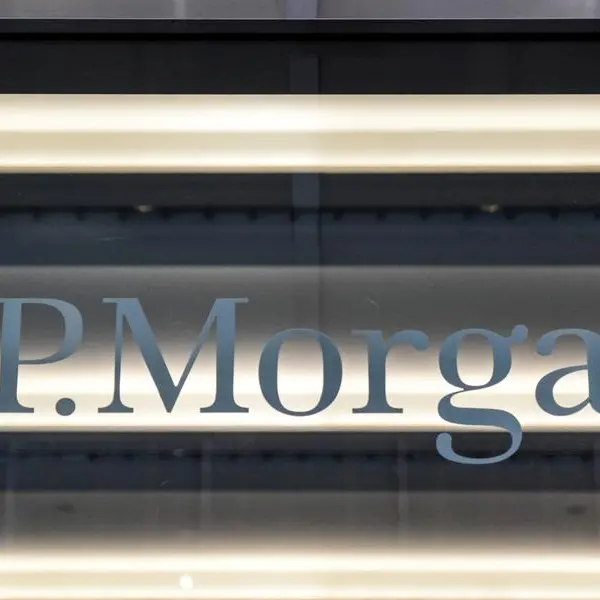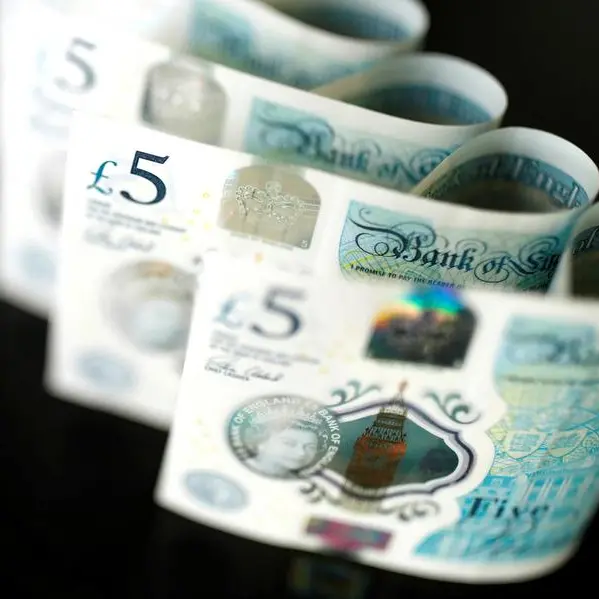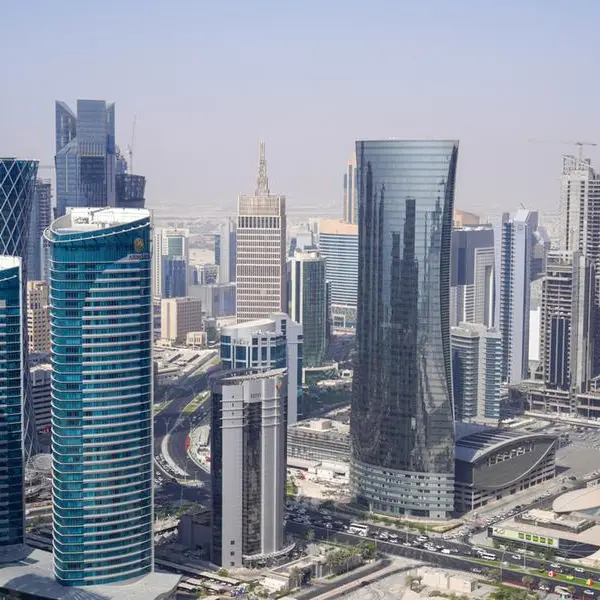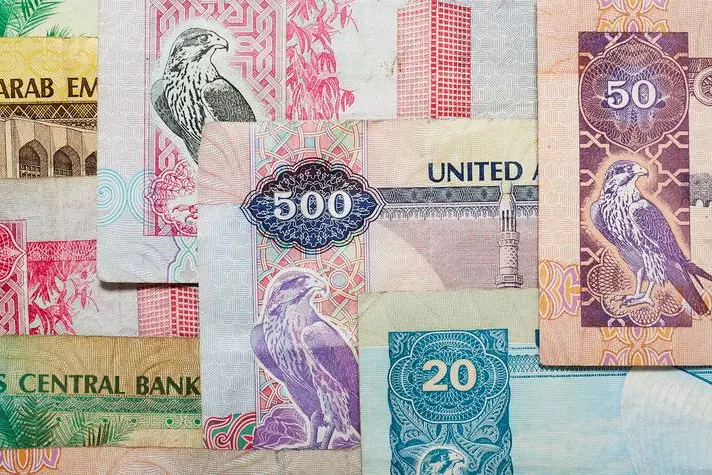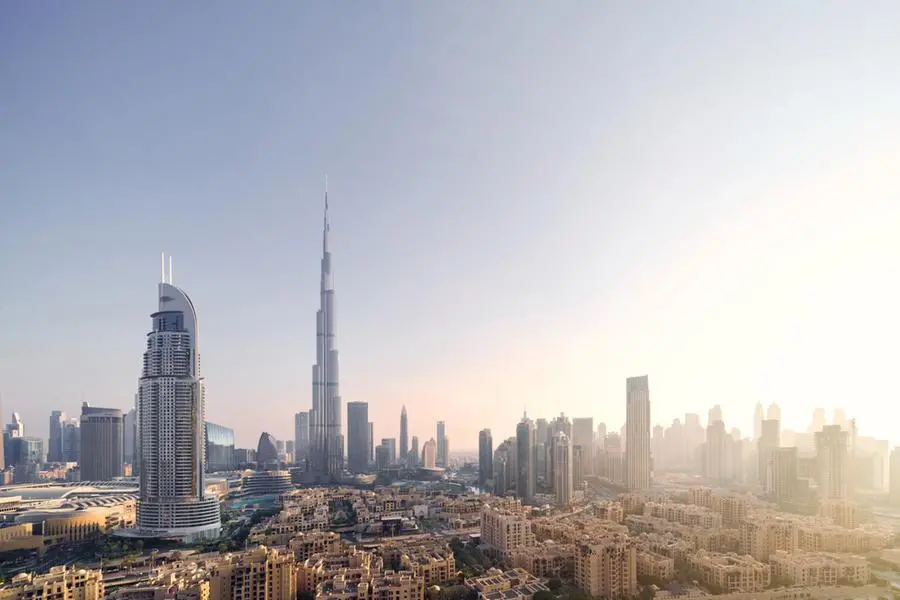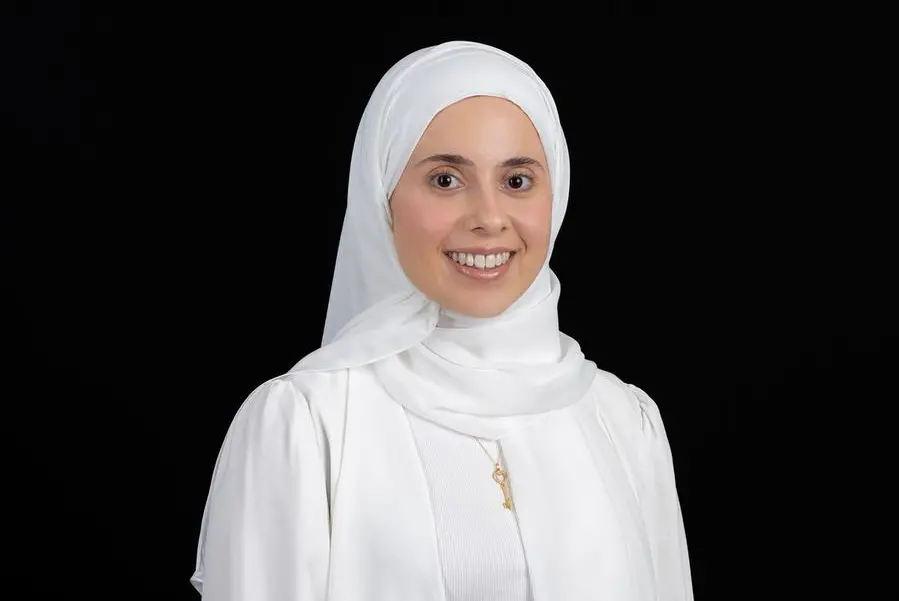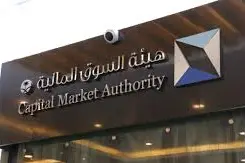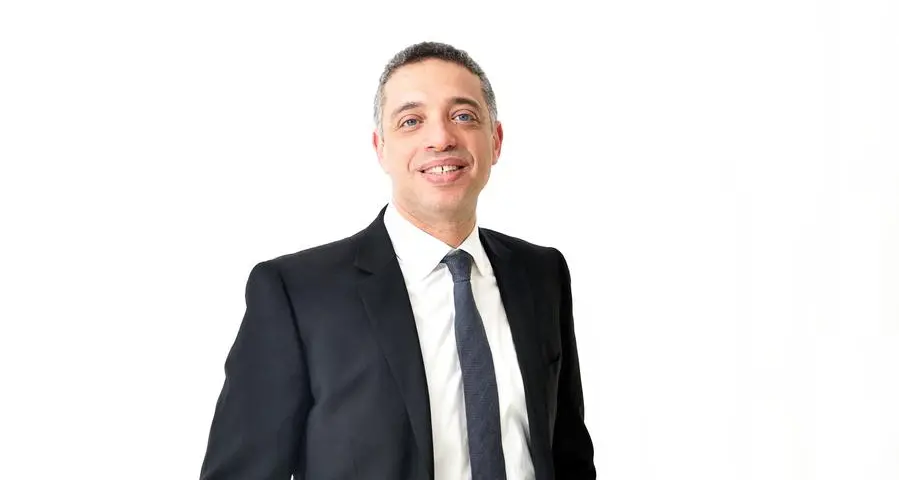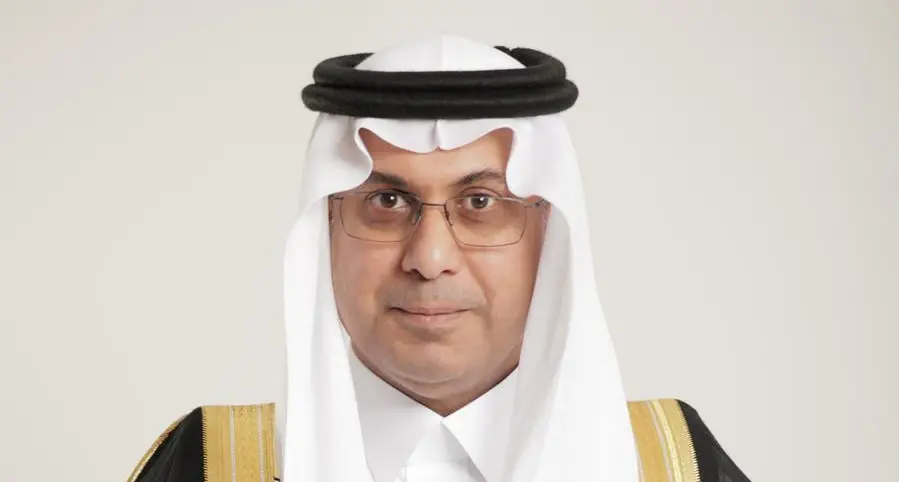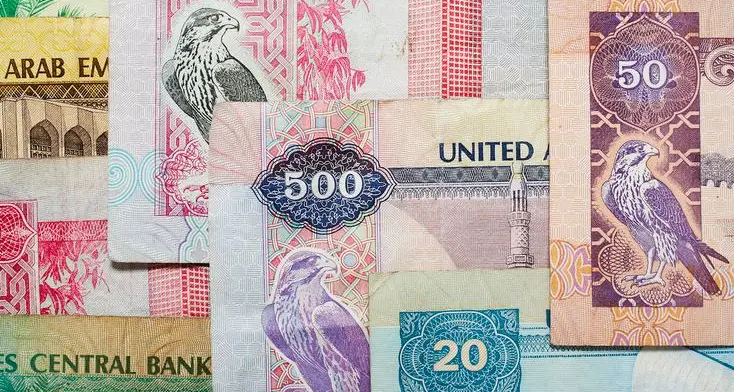It has been said many times before, by many investment practitioners, both in the hedge fund and private equity arena, that it is impossible to have an Islamic hedge fund. To many the principle is purely Haram. However, by launching the Al Saqr fund, Old Mutual Asset Management (OMAM) is attempting the impossible. John Foster talks to fund manager, Anna Perriam, about how OMAM intend to run a Shari'ah compliant hedge fund.
What inspired you to launch an Islamic hedge fund?
We were approached by an external investor who was specifically looking for an Islamic hedge fund. They wanted to give Islamic investors access to hedge fund products and up until now there has been a major lack of supply in this area. Prior to this, Islamic investors had access to long-only products, or products with low risk and at the other extreme, private equity type products. But really there was nothing like a Shari'ah compliant, absolute return equity vehicle.
One of the problems surrounding the whole concept of Islamic hedge funds is that it is Haram to go short. How have you got around that problem?
Before we started to look at this problem, OMAM did not have any real experience of Islamic investment. To deal with this, OMAM worked with two main partners, FIMAT on the prime brokerage side, and Ratings Intelligence as Shari'ah adviser. Through these two sources we gained access to a number of structures that allow us to, for example, gain the same economic exposure as a short equity position.
So you synthesise a short?
Yes, through a Salaam structure. This allows you physically to settle forward. These products have all been approved by our Shari'ah board and the whole structure of the fund has been awarded a Fatwa to ensure that it complies with Shari'ah and investment law.
Where have you drawn your Shari'ah board from?
We have four scholars. The board is a service provided to us by Ratings Intelligence. The head of our board, Dr Muhammad Ali El-Gari is from Saudi Arabia. Dr Abdul Sattar Abu Ghuddah is Syrian, Dr Nazih Hammad is Canadian and Dr Mohammad Amin Ali Qattan is also Syrian.
This will be quite a strict Shari'ah board, so the Fatwa they issue will allow you to distribute your product in most Islamic markets.
We have a broad committee. The members of our board serve on a number of other boards and we hope that this Fatwa will have wide appeal. Predominantly we are going to market this product in the Middle East. The product itself will have to go through our partners' own Shari'ah boards, but should have the strength and depth through our own board to make the approval process of our investors somewhat easier.
The fund follows a diversified global market equity neutral strategy, how is the product structured and what philosophy does it follow?
Al Saqr is a quantitative product and is very much model-driven. It is managed from London by the quantitative strategies team. The products sit exactly in line with all the other products that are run from this desk. The idea is that we try to exploit market inefficiencies. The inefficiencies that we focus upon are long-term inefficiencies and are driven by statistics and investment insights.
Will your quant management system purely ride off the computer model, or will there be human override?
As far as possible we try to build a model that will give us an optimal portfolio. The human influence is in building the model, and portfolio construction comes from those models. There will be certain areas where human influence is important. A key example of this is merger and acquisition activity. Our models do not know how to value a company that becomes a takeover target, such as when a company is being taken over it trades as cash or as the equity of the acquiring company. One of the areas that we will take out on a monthly basis, because this fund is traded on a monthly basis, is the entire portfolio of stocks, which for the Al Saqr fund is over 3,000 securities, and screen that for M&A activity. We would look at companies and, if holding a long-only position, decide whether we want to take profit, or if we have no holding, whether we should exclude that stock from the portfolio building process.
How diversified is your portfolio?
We have a maximum holding of 1.5 per cent of net asset value (NAV) for any stock, so when we revalue the portfolio at the month's end we cut back all our holdings to no more than 1.5 per cent of NAV.
How do you cut down your investment universe?
We start with a universe of 3,000 stocks. We then screen them on sector-based compliance and accounting-based measures, which cuts the universe down to about 1,800 investment opportunities. The 1,800 are drawn from developed markets and are mixed between large and mid cap companies. We have created a custom model for this fund that includes Shari'ah compatibility and built in the naturally occurring biases that occur under Shari'ah compliant investment, the most obvious of these being a lack of stocks in the financial services sector.
You are obviously not going to hold all 1,800 of these?
No. We use these 1,800 to build our stock forecasting model. So for each stock, we forecast whether it will outperform, or underperform the market. We also build a global risk model and a global transaction model. We use a mean-variance optimiser to build the most efficient portfolio that targets the highest profitability for our given level of risk. We then overlay some sensible real world constraints, so we will limit, for example, the absolute net sector exposures. We want a diversified portfolio, as that is the way that quant models work best, so we will apply a stock limit as explained, of 1.5 per cent. However, on stock limits one has to take into account the liquidity of each stock, so an illiquid stock would not be allowed to have such a prominent position in the portfolio. We also limit growth exposure, as we are market neutral. We go for a maximum 200 per cent growth exposure, which means that for every $1 we invest long, we invest $1 short.
When you construct the portfolio, do you limit things on a top-down perspective? If, for example your stock forecasting model indicated that you should invest 100 per cent of your portfolio in the US, you would not do that as that would be too risky.
Exactly right. There are three aspects to that. First, we would be concerned if our models indicated a long-term bias to one region or another, as it would not make intuitive economic sense, so we would be concerned about the models. We make extensive use of back-testing to ensure that this does no happen. Second, our risk model takes account of country and currency exposure, volatility, size and liquidity. Finally we will place sensible limits on everything, and constrain regional exposure to be no more than 30 per cent of the portfolio, long or short.
So even when you are negative on a stock, the short position is included in the regional exposure.
Correct. So if we hated all US stocks one month, which could occur in an extreme case, 100 per cent of our budget for shorting would not be in the US, we would limit that exposure on a net basis.
Do you cover developing markets?
Although developing markets are an area we are looking at, our whole model-building process relies upon us being able to prove relationships between stocks over a long period of time, and identifying what will continue to drive returns over time. The data sets available in the developing markets are not as clean or have as long a history, as data sets for developed markets. As time goes by, more and more data will become available.
But as developing markets are 'developing' there would be numerous market inefficiencies to take advantage of.
Certainly, this is something we are looking to exploit. What is nice, though, is the type of inefficiencies we exploit are global and we can test the strategies we are using in the developed markets, on emerging markets.
This is just further research and does not constitute a live portfolio?
At the moment it is just further research, and if it comes to anything we might look to increase our investment universe, but at the moment we are restricting ourselves to developed market stocks.
Are you going to have problems marketing this product in the Middle East, as Old Mutual is an unknown quantity in this region and local investors are very wary of hedge funds?
There is a huge amount opportunity available. Investors are becoming much more sophisticated; after all it was until only recently that hedge funds were considered a very risky investment option in the western world as well. Education is very important, and the members of our Shari'ah committee are very important in getting the message across to investors. We are a foreign bank, but we do have some capability on the ground in the Middle East. As investors find more and more investment products that have a good pedigree and track record, they are becoming more comfortable with investing.
If things go well for Al Saqr, will you launch other funds into the Middle East, and if so what strategies would you follow?
Yes we would. We would have to make changes to the products we have on our platform for use under Shari'ah compliance rules; we had to make changes with this strategy to target the returns we wanted. But there are a number of strategies that could operate in this framework, such as a statistical arbitrage strategy, which is more unusual. Stat arbitrage is not available in the Middle East on a conventional or a Shari'ah compliant basis.
We do have an incubator fund at Old Mutual, where we can test out new strategies and we have a currency arbitrage strategy, which is quantitative. This sort of strategy could work quite well in an Islamic format.
Fund Facts: Old Mutual Asset Management Al Saqr fund
Domicile: Cayman Islands
Share class: US dollar
Minimum investment: $100,000
Dealing: Monthly
Notice: Subscriptions - three business days prior to month-end
Redemptions: 20 business days prior to month-end
Management fee: 2 per cent of the NAV payable monthly in arrears
Performance fee: 20 per cent payable quarterly, subject to a high-water mark
Placement fee: Up to 3 per cent
Prime Broker: FIMAT
Administrator: BISYS Hedge Fund Services
Legal advisers: Akin Gump Strauss Hauer & Feld (UK)
Ogier (Cayman Islands)
Auditor: KPMG (Cayman Islands)
Shari'ah adviser: Ratings Intelligence
Assets Under Management: $25,000,000 - a mixture of external and internal seed capital.
© Banker Middle East 2007
